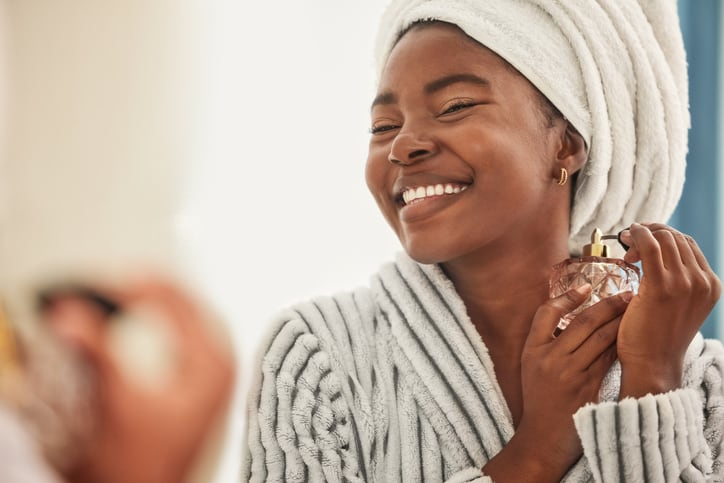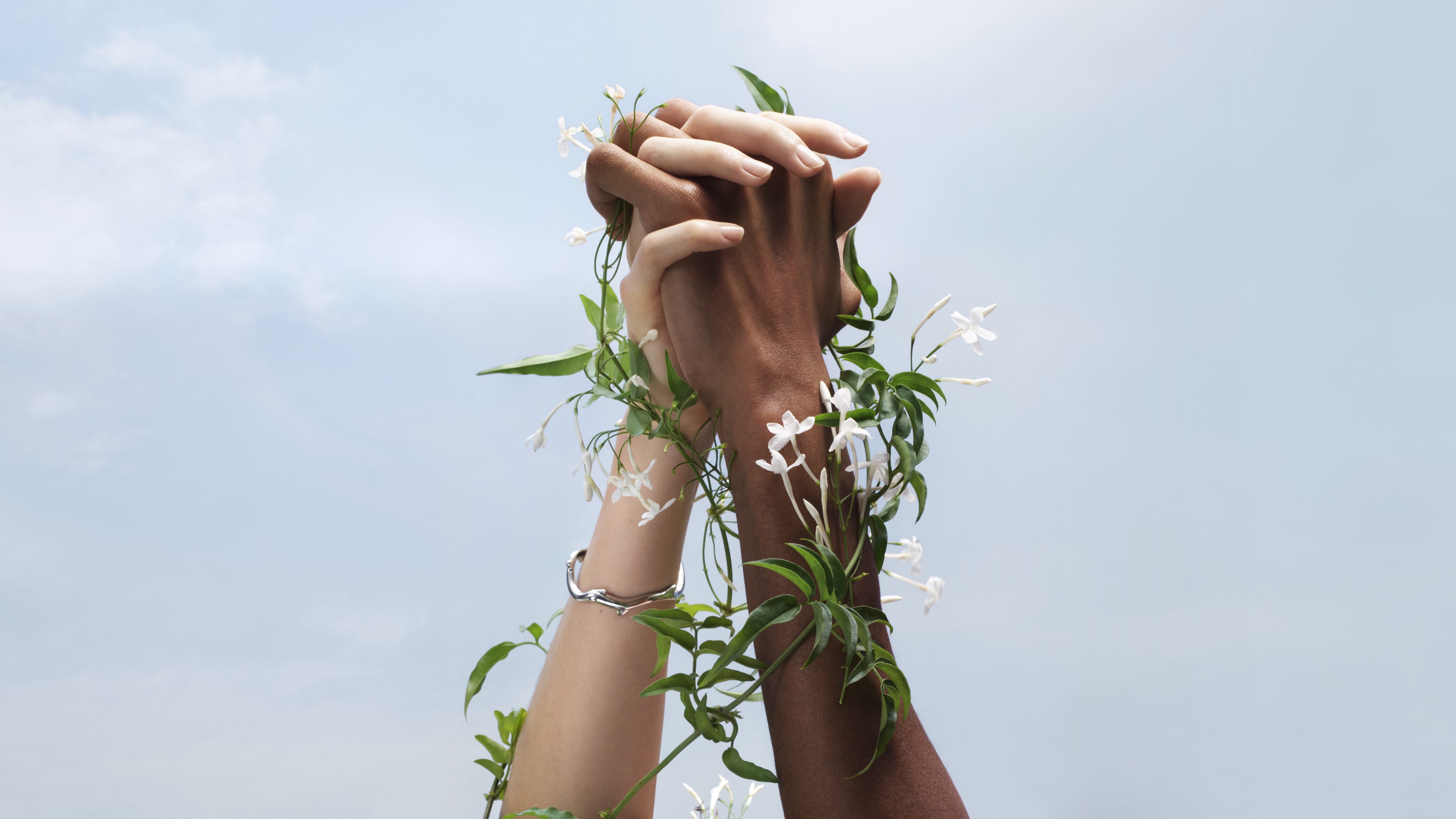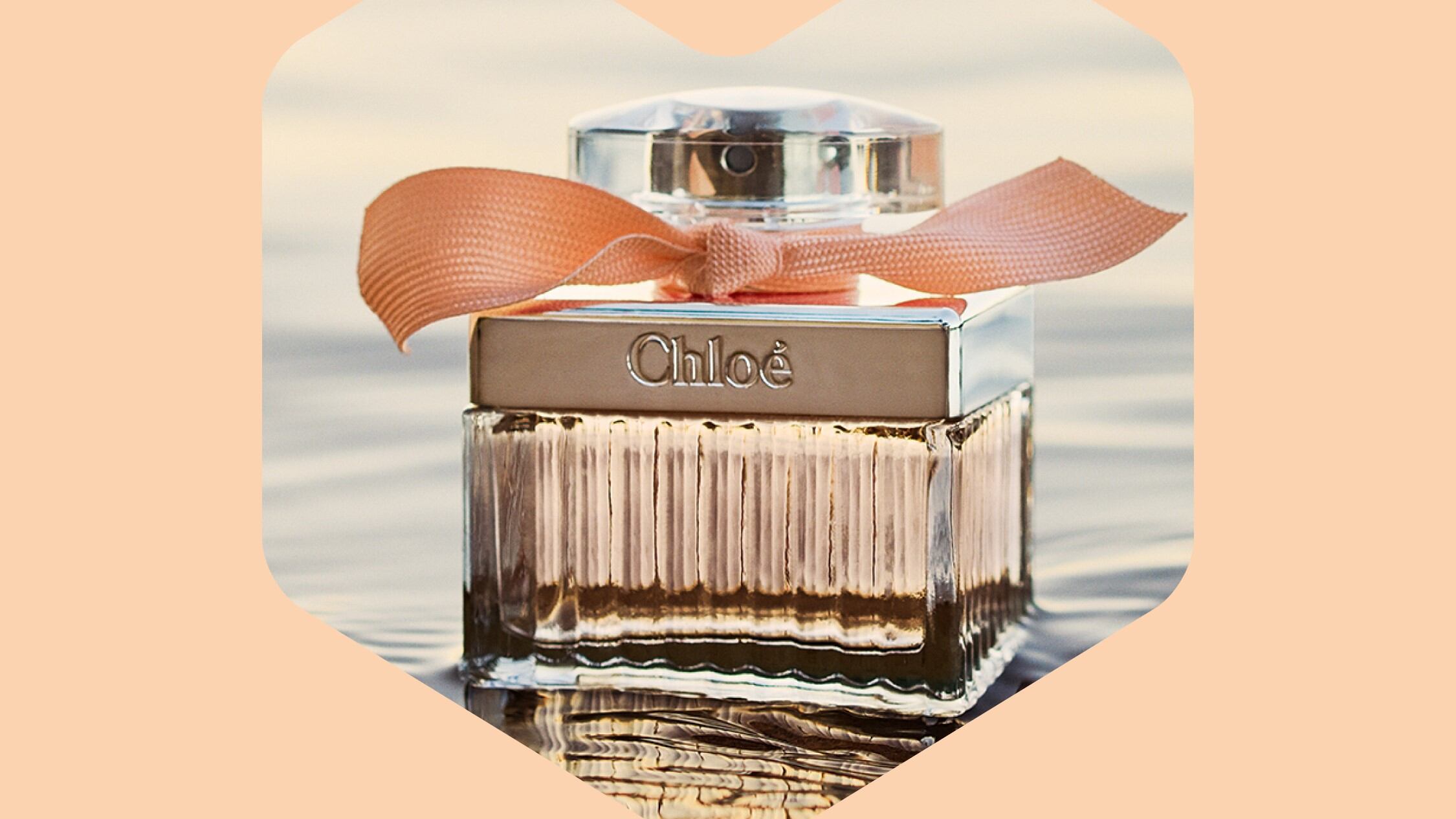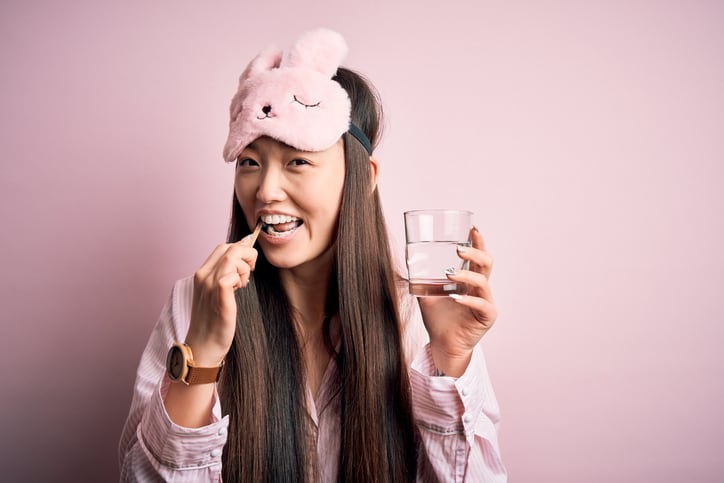Worldwide, the international beauty major estimated that the fragrance category had surged 21% in the first half (H1) of 2022, way ahead of makeup at 8%, hair care at 5% and skin care at 3%. And L’Oréal was ahead of this market growth, according to its latest financial results, with fragrance in its Luxe division up 35.5% for H1 2022, driven by “global mainstays” like Libre by Yves Saint Laurent (YSL) and Born in Roma by Valentino.
Nicolas Hieronimus, CEO of L’Oréal, told analysts on the company’s earnings call that the fragrance category was certainly “bouncing back globally”.
“And it’s both the results of a new appetite for this category that has developed during COVID – here, people discovered self-pampering, wellbeing, and good mood feelings brought on by fragrances – that has been increased by the end of lockdown and going back to social life. [Fragrances are] good for wellbeing, but it’s also a part of seduction,” Hieronimus said.
Chinese consumers in particular were now “excited about fragrance”, he said, most notably perfumes that sat at the prestige end of the market.
L’Oréal to push ‘strong know-how’ in fragrances
So, why was L’Oréal performing above the market average in fragrances? “I think we’ve developed, over the years, a really strong know-how on how to create fragrances,” Hieronimus said.
L’Oréal was not only invested in creating premium, high-quality fragrances but also working hard “in affinity” with its brands, he said, with La Vie Est Belle by Lancôme one notable success story. And more recently, he said Libre by YSL had now entered the top five selling fragrances worldwide – a “phenomenal” achievement.
He said extra growth in fragrances across L’Oréal had also been bought about by new licenses, with the Prada tie-up, for example, and subsequent launch of its first men’s fragrance brand Luna Rossa Ocean proving particularly successful. In September, Hieronimus said L’Oréal would launch Prada’s first women’s fragrance ‘Paradox’ under the license deal – another innovation it intended to “heavily grow”.
The future of fragrances? Transparency, biotech and ‘feel-good’ innovation
Back in May, CosmeticsDesign-Europe published a feature on the future of fragrances based on a series of interviews conducted with industry experts at in-Cosmetics Global in Paris this year.
By 2024, industry experts predicted full ingredient disclosure, biotech and fragrances that provoked good moods to surge, along with a consumer fascination and interest in nostalgia scents post-pandemic. Neuroscience work and digital innovation at supplier and brand level was also expected to grow in fragrances.
Earlier this year, during the European Commission’s annual flagship event EU Industry Days, the chairman of the International Fragrance Association (IFRA) Hans Holger Gliewe also said cutting-edge technologies would certainly be important in empowering perfumers and fragrance manufacturers to innovate more sustainably – a sentiment Calice Becker, president of the International Society of Perfume Creators (SIPC) and director of Givaudan’s Perfumery School, agreed would be critical.
“I think the first most exciting thing is we have so many new exciting technologies; this is absolutely remarkable. And these new technologies help us create in a more responsible way,” Becker said.
At L’Oréal, the Lancôme brand had embarked on a zero-waste model in 2020 for its rose active ingredients, where a change in cultivation and scientific experimentation in processing would help hit goals.




